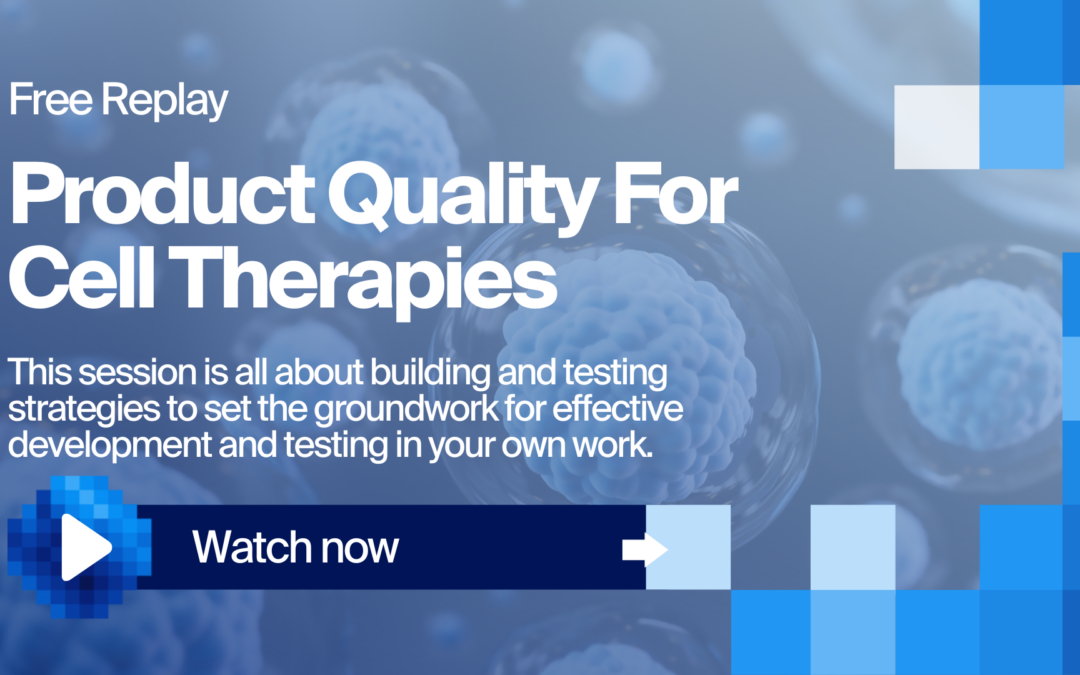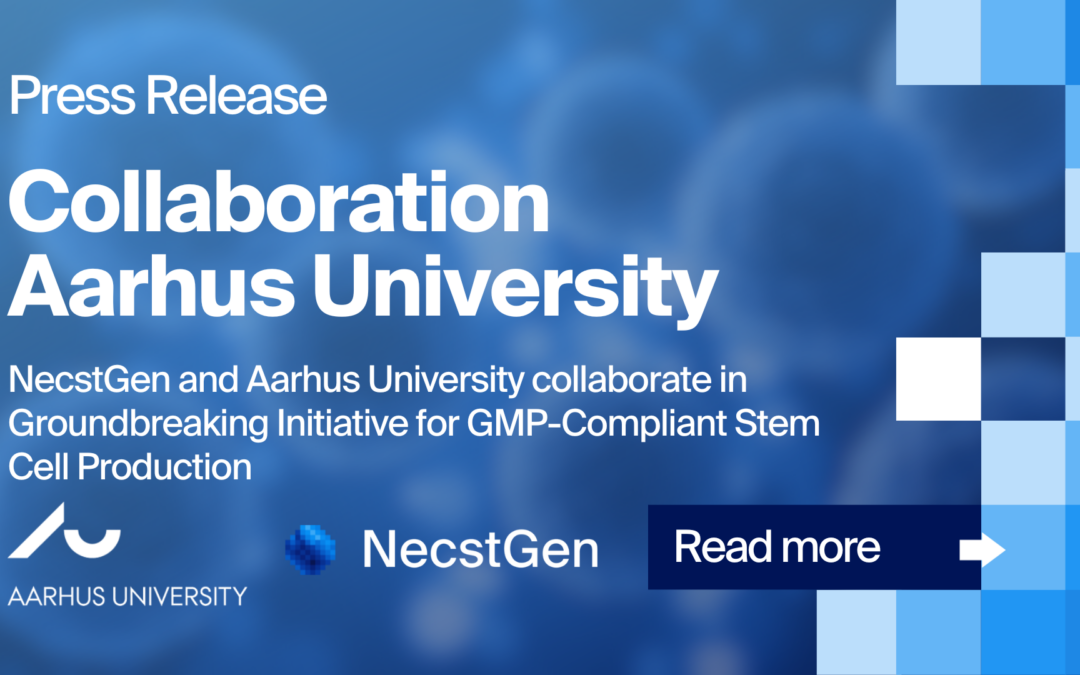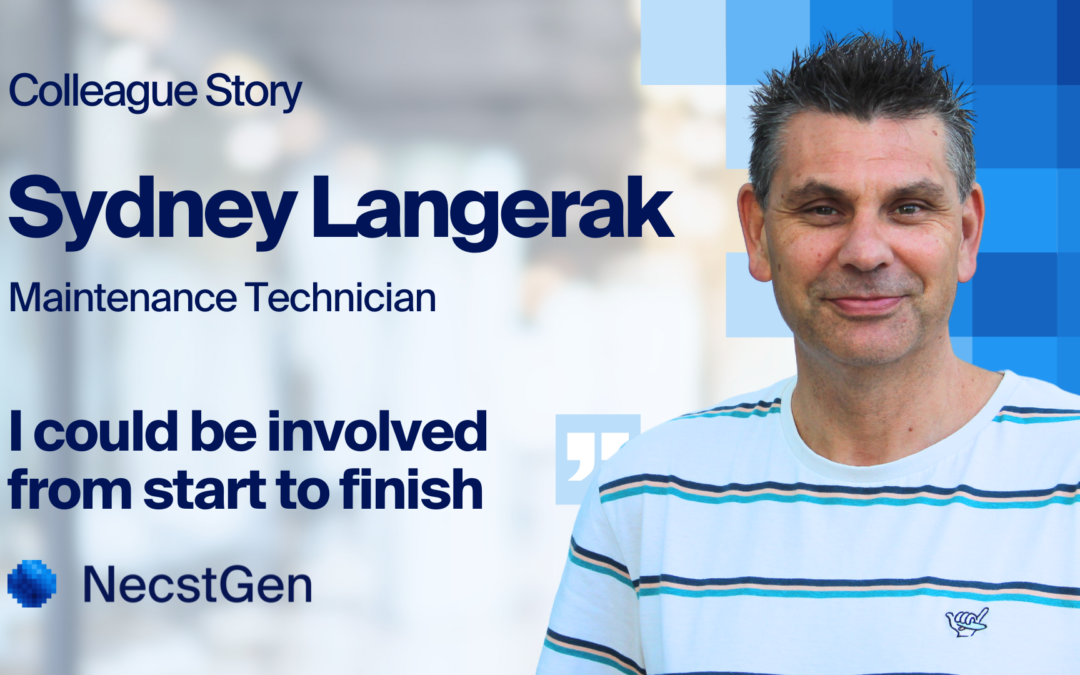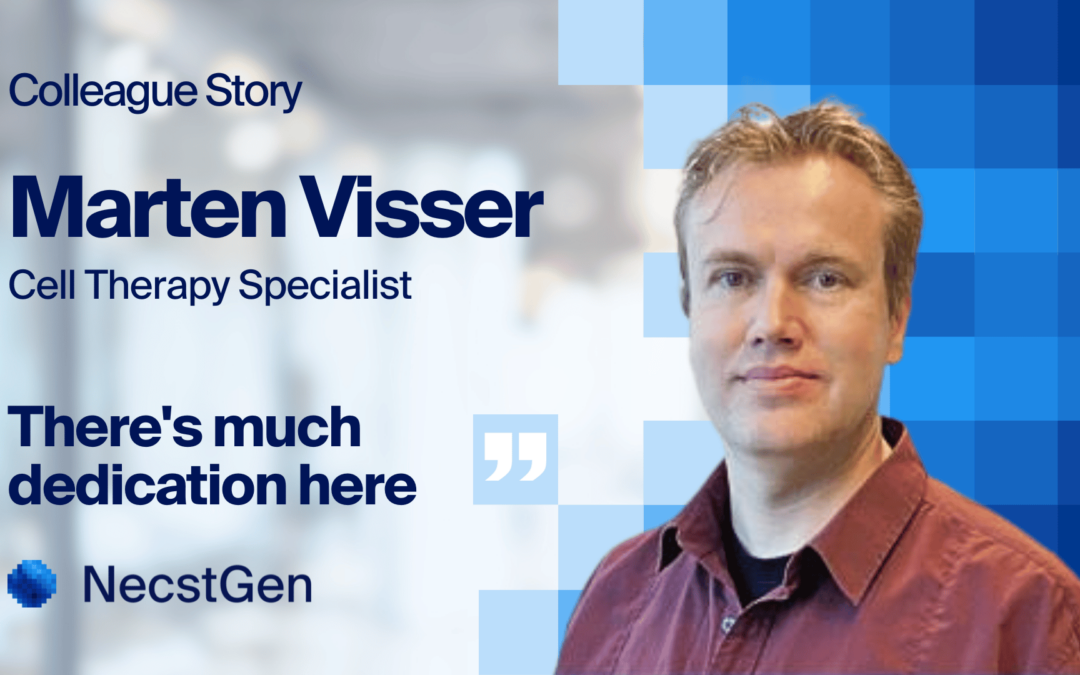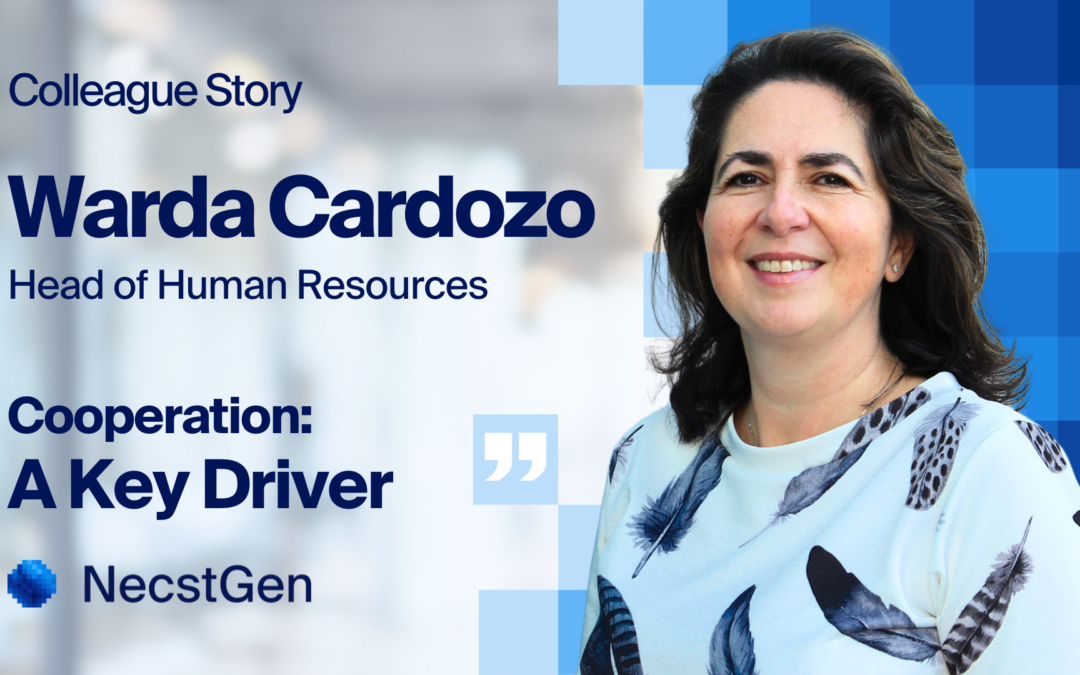NecstGen is a Non-Profit Contract Development and Manufacturing Organisation focused on enabling novel Cell and Gene Therapies. The state-of-the-art facility in the heart of the Leiden Bio Science Park in the Netherlands offers Cell Therapy, Viral Vector development, and manufacturing solutions for clinical researchers and industry to facilitate breakthroughs and innovation in healthcare.
We asked Warda Cardozo, Head of HR what it’s like to work at NecstGen and how cooperation is one of the key drivers in offering development support and GMP production of Cell and Gene Therapies.
The Team at NecstGen
NecstGen is a small company, powered by highly skilled professionals with big ambitions. The company has teams for Cell Therapy and Viral Vector. Experts within the Quality department provide Quality Assurance and Quality Control support. The Facilities & Services team underpins these divisions and consistently demonstrates operational excellence. In addition, the indispensable contributions of our business support divisions, including Business Development, Finance, and Human Resources, further bolster the enterprise.
At NecstGen, the flat hierarchy structure fosters an approachable, inclusive, and ‘decision making by consensus’ style environment. That was particularly evident when the company obtained its GMP Manufacturing License last year.
‘During this critical period, I witnessed consistent dedication from each team member, with everyone collectively putting forth their utmost effort when it mattered most.’ – Warda Cardozo, Head of HR.
All employees of NecstGen display admirable dedication and diligence, which serves as a testament to the company’s strong work ethic. NecstGen values transparency and openness as part of its culture,reflected in various practices. For instance, the company holds regular meetings that involve the entire workforce to discuss progress and future plans.
‘Our team comprises individuals from various nationalities, resulting in a diverse and inclusive environment at NecstGen. Inclusivity is paramount in fostering a workspace where we can tackle challenges from different perspectives. This diversity allows us to cater to our client’s needs with the highest accuracy.’ – Warda Cardozo, Head of HR.
Personal development
NecstGen prioritises professional development within its organisational culture. Their mission is to accelerate Cell and Gene Therapies to patients. However, NecstGen also emphasises taking care of colleagues by offering personalised development plans that are meticulously designed to nurture growth opportunities within their current roles and career path.
‘As part of our commitment to individual growth, this year all employees were given the opportunity to participate in language courses focusing on either English or Dutch to enhance their communication proficiencies.’ – Warda Cardozo, Head of HR.
Additionally, NecstGen offers an internship program that promotes educational and professional growth. As active contributors to project initiatives, interns receive excellent support from their peers, supervisors, and the company. Groups of students seeking to understand the complexities of working with Cell and Gene Therapies are routinely welcomed by NecstGen, as they recognise the importance of nurturing and educating the next generation of potential employees in this field.
Working at NecstGen
At NecstGen, being an exemplary colleague means embodying the company’s core values, which place teamwork to cultivate an open and collaborative culture at the forefront. A flexible and cooperative mindset is essential for navigating the dynamic work environment. NecstGen highly values these qualities, which are crucial for colleague and company success.
Additionally, possessing solid expertise in the relevant field is considered paramount. Throughout the hiring procedure, applicants are asked to showcase their skills by preparing and presenting a business case which is a fundamental component of our evaluation case study.
‘At NecstGen, we prioritize identifying individuals who are not only qualified but are also passionate and unwaveringly dedicated to our mission to bring these innovative therapies faster to patients. We seek colleagues who share our firm commitment to this cause and value these qualities greatly.’ Warda Cardozo, Head of HR
At NecstGen, the working culture is vital to success. The open and collaborative environment gives space to contribute to the Regenerative Medicine ecosystem and facilitate the translation of promising novel Cell and Gene Therapies.
Are you looking for a position within NecstGen? Find current openings here.
